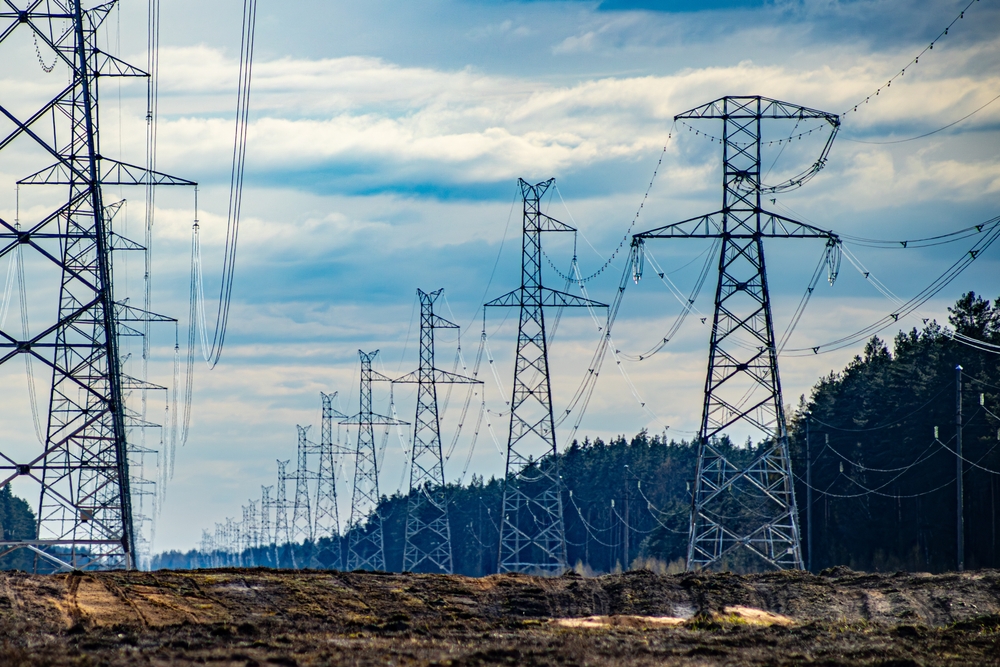The rapid rise of electric vehicles (EVS) is the basis of the US strategy to combat climate change.
However, new research reveals surprising barriers to success: the country’s outdated communication grid.
Research from Northwestern University shows that electrifying entire US vehicles will not significantly reduce emissions unless the country strengthens its power grid infrastructure.
Even with sufficient renewable energy from wind and solar power sources, congestion in the transmission grid prevents clean electricity from reaching EV chargers in many parts of the country.
This grid limit enforces reliance on nearby fossil fuel power plants, significantly undermining the chances of saving EV emissions.
Grid crowding: hidden climate disorders
The US transmission grid works like an electric highway, carrying electricity over long distances to urban areas where demand is most.
However, just as traffic congestion blocks road travel, these electrical “highways” congestion can prevent clean energy from reaching their destinations.
Using advanced simulations that model electricity demand, vehicle use and existing power infrastructure, researchers found that grid congestion became a serious obstacle in all scenarios with high EV adoption.
The problem is most severe in urban areas where EV charging is high, but the clean energy needed to run these chargers is often produced hundreds of miles away.
Midwest wind farms and southwest solar arrays produce a wealth of renewable electricity, but limited transmission capacity means that this clean energy cannot always reach cities efficiently.
Instead, the grid will increase carbon emissions, increase carbon emissions and turn into a more dirty fossil fuel power plant despite the growing presence of EVs.
A third of savings on lost emissions without grid correction
The most comprehensive simulation of this study imagined a future in which all gasoline-powered vehicles in the United States were replaced by EVS and the production of renewable energy equals the production of fossil fuels.
In an ideal world with fully upgraded transmission grids, this shift eliminates almost all transportation-related carbon carbon emissions.
However, under current grid conditions, about a third of these potential emission reductions will be lost.
Even smart charging technology that aligns EV charging with periods of peak renewable energy generation cannot overcome the limitations of busy transmission lines.
Strategic transmission grid upgrades are essential
Rather than seeking a complete overhaul of the power grid, researchers advocate for targeted upgrades.
An increased transmission capacity of 3-13% transparent may unlock the full climate benefits of EV adoption. These upgrades include building new high voltage lines and strengthening existing lines, especially in areas where congestion is most likely.
Importantly, the US grid is divided into three largely independent regions: Eastern, West, Texas, West, West, and Texas. The limited ability to transfer power between these regions creates additional inefficiencies.
Strengthening interregional connectivity and improving coordination will ensure EVs are guaranteed where clean energy flows more freely throughout the country and where renewable electricity is generated.
Clean energy requires clean infrastructure
The findings highlight truths that are often overlooked. Decarbonised transport is not just replacing gas-powered vehicles with EVs and increasing wind and solar capacity. You need to upgrade your transmission grid in tandem to provide that clean energy when needed.
As the US accelerates its transition to electric mobility, investing in transmit grids is essential to maximize the benefits of the environment.
Without these infrastructure improvements, the country risks losing important opportunities to reduce emissions, even in the future filled with electric vehicles.
Source link

